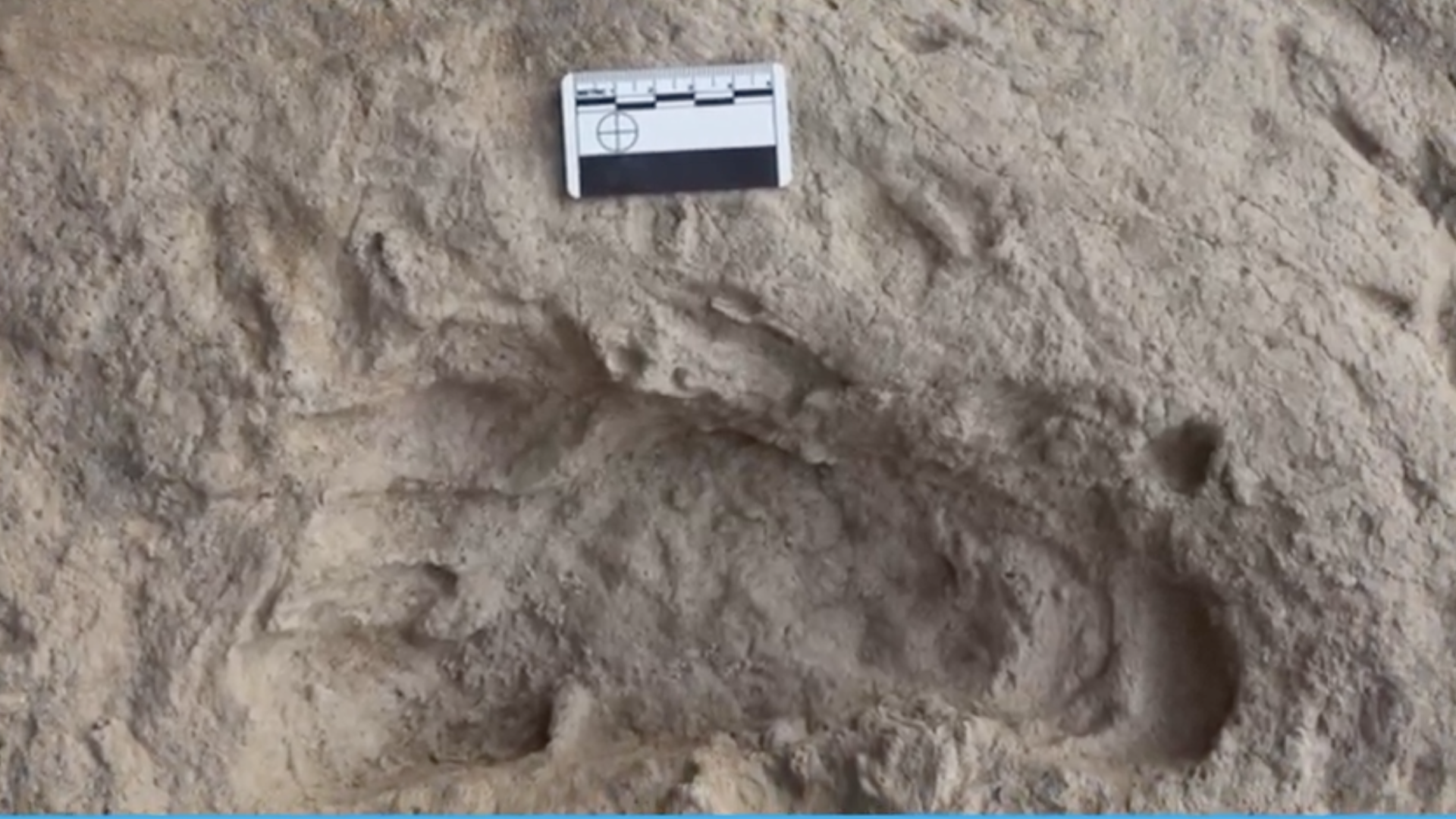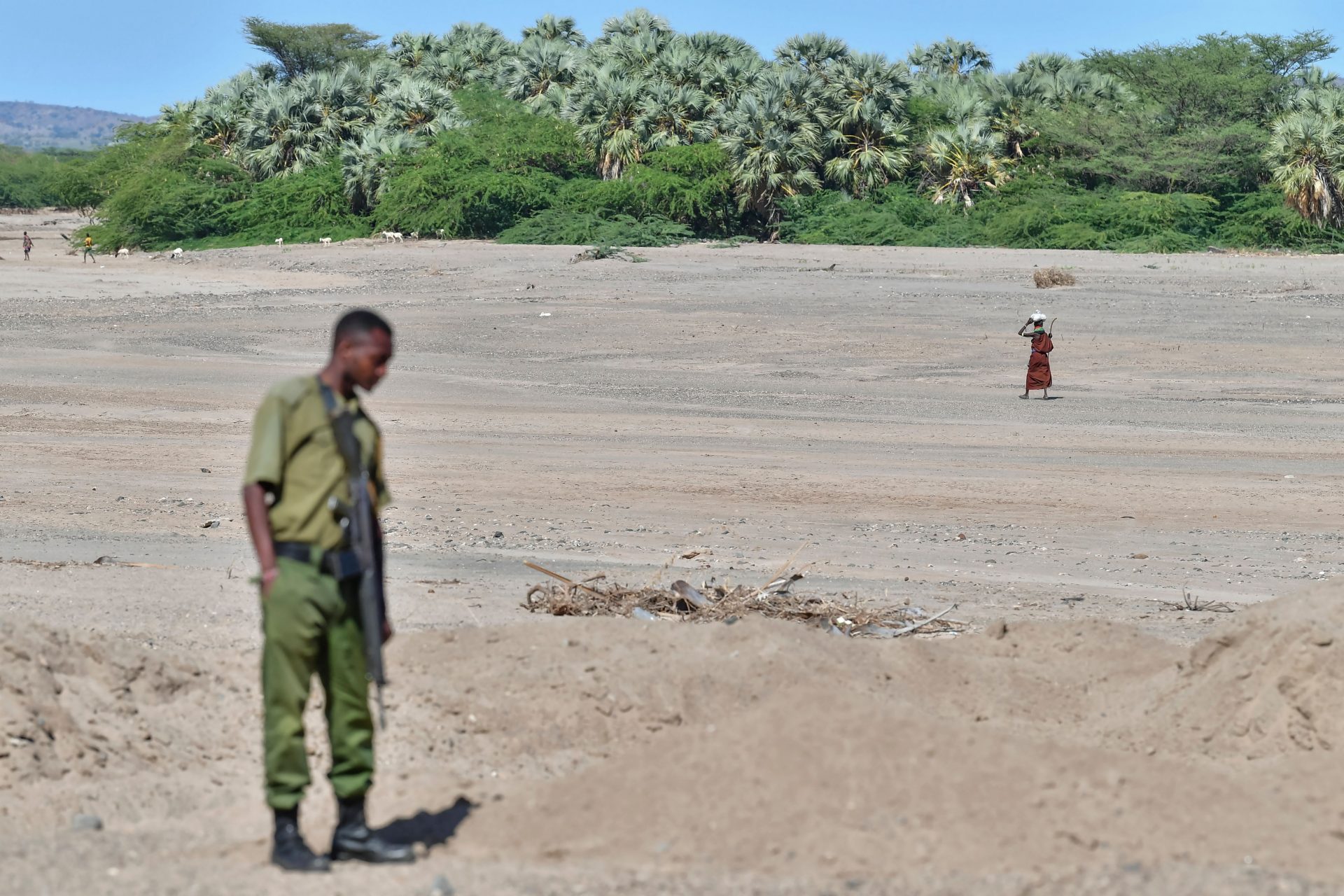Footprints of two different species of early humans suggest they may have mingled
Four sets of intersecting footprints from 1.5 million years ago indicate for the first time that a big-toothed branch of prehistoric humans, nicknamed the Nutcracker, lived alongside early human Homo erectus.
Did this offshoot of prehistoric humans, known as Paranthropus boisei, and the early Homo erectus – a probable ancestor of our own species – interact?
Photo: screenshot from NewsBOT video
According to researchers, the fossilized footprints, were made within days if not hours of each other near Lake Turkana, northern Kenya.
In all probability, these two ancient species would have known of the others’ presence in the region, even if they did not mingle.
“They probably would have recognized each other as being ‘different’,” said Kevin Hatala in The Guardian, the lead author of the research published in the journal Science.
“This raises lots of fascinating questions about how they would have interacted, and we don’t have all of those answers yet,” he added.
The Paranthropus boisei, with their wide dish-shaped face and teeth four times as big as modern humans, is not an actual human ancestor.
They grew to be around 4 feet 6 inches (137 cm) tall while early homo erectus was much taller at 4 feet 9 inches to 6 feet 1 inch (145-185 cm).
Paranthropus boisei also had smaller brains than their ‘neighbors’ and would likely have eaten different things which would have meant they could live side by side without rivalry.
“Paranthropus boisei consumed low-quality forage that likely required repetitive chewing,” said paleoanthropologist and co-author of the research, Louise Leakey.
“Homo erectus was likely to be omnivorous, using tools to butcher carcasses, and also had meat in its diet,” she added.
The footprints were discovered in 2021 buried beneath layers of sand and volcanic rock alongside tracks of horses, warthogs, antelopes and giant storks, but have only recently been analyzed.
Paranthropus boisei disappeared a few hundred thousand years after these footprints were made, Reuters reports, while Homo erectus flourished, possibly becoming a direct ancestor of Homo sapiens.
More for you
Top Stories


























